Letters from Lodi
An insightful and objective look at viticulture and winemaking from the Lodi
Appellation and the growers and vintners behind these crafts. Told from the
perspective of multi-award winning wine journalist, Randy Caparoso.
While wine consumption in the U.S. slumps, American appreciation of wine grows unabated
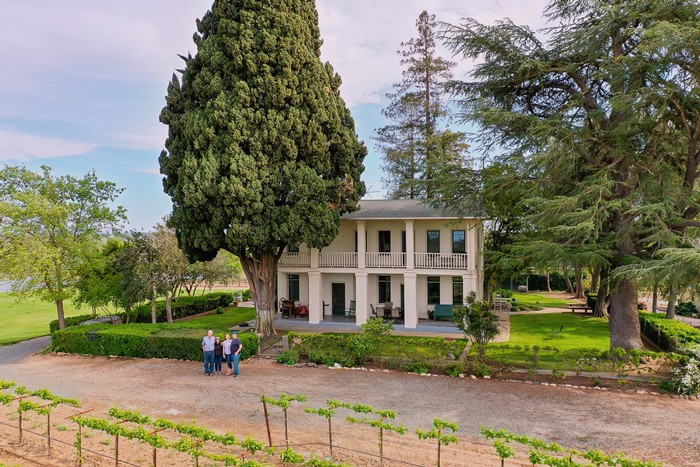
1863 Edward Bryant home at Harris Vineyards, Clements Hills-Lodi AVA. Photo courtesy of Harris Vineyards.
Since the start of the year (2024) the media has besieged wine consumers with bad news about the state of wine in America. American wine consumption is down, at least in terms of per capita and total gallons. Yet enthusiasm for wine across the country is greater than ever. Let's discuss...
According to Wine Institute's most recent figures: In 2022 Americans consumed 2.86 gallons of wine per capita (the lowest amount since 2015's 2.85 gallons). The total wine gallons consumed by Americans in 2022 was 964 million, the lowest since 2015's 915 million gallons.
These figures hit home here in Lodi because this is by far the largest wine-grape-growing region in the country.
Walk into any grocery store or big box liquor outlet in the country. Do you know where most of the wine on store shelves comes from? According to the most recent Gomberg, Fredrikson & Associates wine market report, American wines make up 64% of wines sold by volume in this country. In terms of dollar amount of wine sales, also according to Gomberg Fredrickson, American wines make up 76% of the revenue generated in the U.S. (re Dr. Liz Thach MW). Out of that, approximately 81% is grown and produced in California (Wine Institute).
And Lodi, according to the latest annual USDA California Grape Crush Report, grows approximately 20% of all wines produced in California. This means more than one out of every 10 bottles consumed in America is grown in Lodi, many of them actually saying "Lodi" on the label. The grape and wine industry is indeed a bigger deal in Lodi than anywhere else in the country.

Another old vine Zinfandel in Lodi being uprooted.
However, because of the current overall market imbalance, California is over-planted with wine grapes. Therefore, earlier this year, wine industry experts recommended that at least 50,000 of the state's existing acreage be pulled out in order to be aligned with current market needs. Some experts have been saying it should be closer to 100,000 acres.
This past February, Lodi Winegrape Commission Executive Director Stuart Spencer specified a figure just for the Lodi AVA: At least 15,000 acres of Lodi's vineyards should be removed (re Vineyard Removals) for the sake of the economic health of the industry.
Does this mean Lodi and the rest of the California wine industry have made some gross miscalculations? Yes and no. The decline of wine consumption, for one thing, is not just an American phenomenon. It's world-wide. Take a look, for instance, at the State of the Vine and Wine Sector report put out by the International Organisation of Vine and Wine (OIV) this past April 2024, showing the "Evolution of world wine consumption" since the year 2000 in terms of millions of hectolitres:
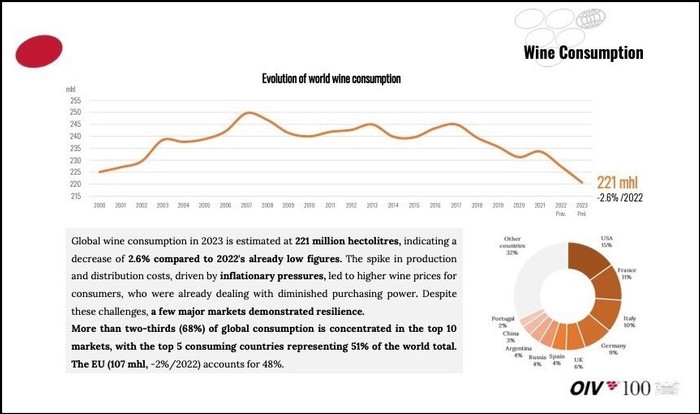
And, in fact, OIV reports that aggressive reductions in vineyard plantings have been taking place all over the world over the past twenty years in order to achieve the same market balance being currently sought by the California wine industry today. OIV's most recent figures, measured in terms of millions of hectares:
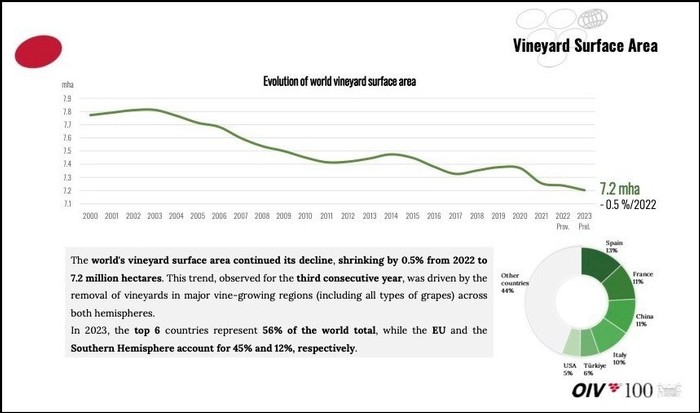
In regards to per capita consumption, there are 14 countries that consume more wine than Americans. Did you know, though, that the U.S. as a whole consumes more wine than any other country in the world? According to OIV's 2024 figures, in terms of millions of hectolitres:
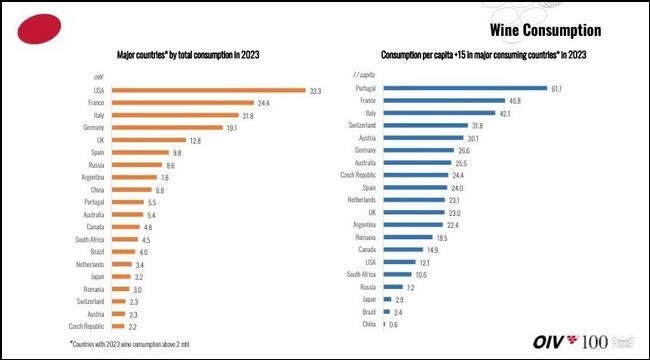
In other words, Americans, in a manner of speaking, are drinking wine as fast as they can, despite the recent global malaise. In the U.S., wine may not be a 2,000-year-old tradition that it is in Italy, France, or Spain⏤technically, our country is only 248 years old, and European wine grapes (with the exception of one variety) weren't even planted in California until about 170 years ago⏤but there is a lot of evidence that seems to indicate that wine is still a promising growth industry in our country.
To wit: This past May 2024, Liz Thach MW published a report in Forbes pointing out the glaring fact that total sales in the U.S. now tops $107.4 billion, indicative of a significant upward trend over the past six years:
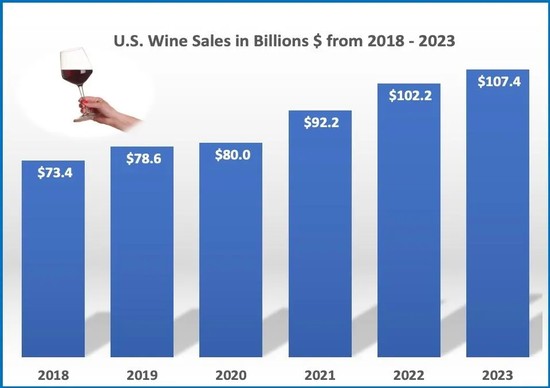
Why do the latest figures for actual wine sales flat-out contradict reports of declining consumption? Answer: Steady increase in dollar sales. Americans may not be consuming more wine by the gallon, but they are clearly spending more than ever on the wines they drink!
This past May there was another report entitled the 2024 BMO Wine Market Report which pulled together data from a couple of industry analytics groups with figures furnished by the Bureau of Economic Analysis (BEA) and the Tax & Trade Bureau (TTB). According to BMO's assessment of the American wine industry:
The reality of the U.S. wine business in 2024 is that it is stronger than many assume and continues to provide opportunities for growth for most wine producers. The previous two decades were a period of remarkable expansion that lifted wineries of all sizes... the wine industry remains supported by loyal consumers who are still purchasing high-quality wines at premium prices.
Much of BMO's conclusions are based upon direct insights gleaned from American wineries; particularly their findings that the overwhelming majority of producers report not just increased sales of products, but also an expectation that sales will continue to increase over the next few years. The summary put together by BMO:
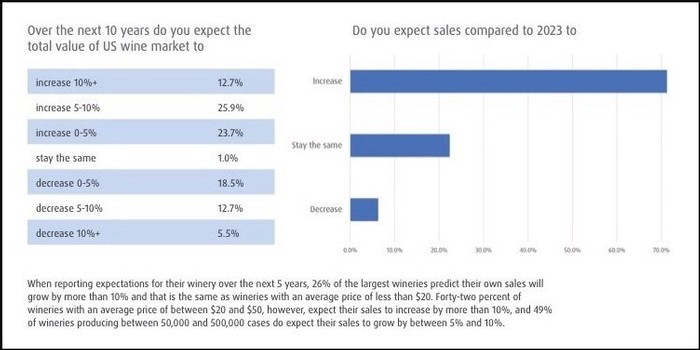
There are now, as it were, over 11,600 registered wineries in the United States, nearly 5,000 of those wineries in California alone (Wine Business Analytics, 2024). Seemingly everyone and their uncle wants to be a winery owner, a winemaker, or a gentlemanly farmer of grapes, just like everyone wants to be a sommelier, a wine journalist, an influencer, anything that has to do with wine. Americans are wine-crazy, and getting crazier by the day.
No surprise that the wine business is still big business. Especially in a naturally grape-friendly region like Lodi.
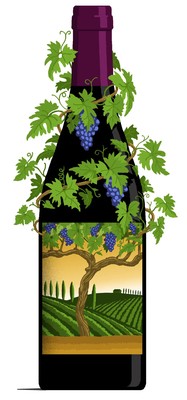
No matter what is made of declining wine consumption, appreciation of wine across the country is alive and well despite the predictable impact of market fluctuations (particularly those incurred as a result of rising costs and prices) and the host of competing interests (beer, spirits, cocktails, even lifestyle choices such as abstinence or health).
In the end, wine is wine. It is not just another product to be grown, manufactured, bought, or sold; but rather, something that will always be held near and dear and in high esteem by a large percentage of the human population, just as it has for centuries, make that thousands of years. As The New York Times's Eric Asimov recently wrote in an article entitled "In Defense of Wine" (artwork for The New York Times article to right), there is still every reason to believe that wine will continue to...
Transfix, captivate, and inspire, touching people’s emotions in ways that can range from simple happiness to profound wonder. If they wish, people can discuss and debate the quality and meaning of a profound bottle with language that paradoxically struggles to articulate its mysterious appeal.
At the same time, the humble, everyday bottles are often the most important. Great wines occupy an exalted place because of the discussions they provoke and the context they provide; they will never overshadow the simpler pleasures that we enjoy most frequently with friends and loved ones, just as masterpieces in museums will never eclipse the daily joy we take in our children’s artwork on the fridge.
Hooray for wine!